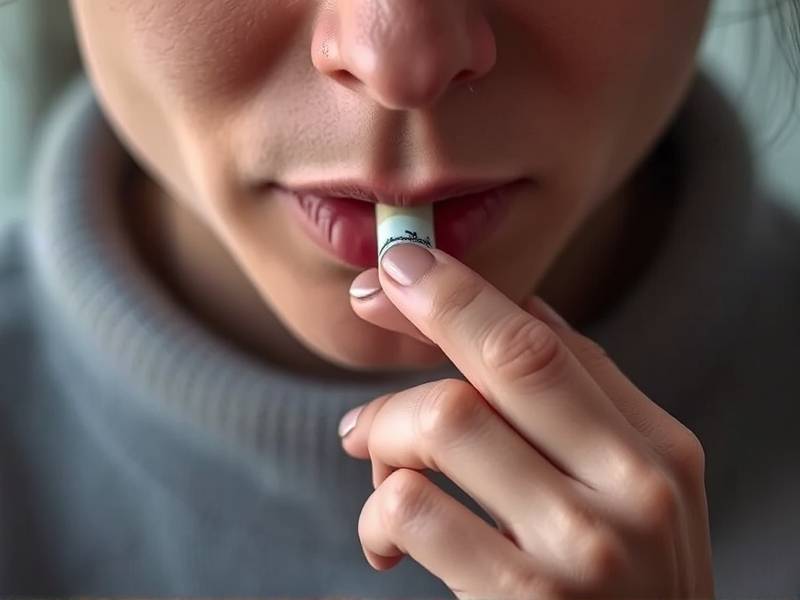How Long After Quitting Smoking Do Cravings Lessen?
The Gradual Diminishing of Smoking Cravings Post-Quitting: A Comprehensive Insight

Introduction: The journey to quit smoking is a challenging yet rewarding endeavor. One common concern among smokers contemplating quitting is the duration it takes for cravings to diminish after they have stopped smoking. This article delves into the timeline of cravings reduction, offering insights based on scientific research and real-life experiences.
Understanding Smoking Cravings: Cravings are intense desires for nicotine that can be difficult to overcome. They are often triggered by environmental cues, such as the smell of a cigarette or the time of day when one would typically smoke. Understanding the nature of these cravings is crucial in managing them effectively.

Timeline of Craving Reduction:
Immediate Impact: Within minutes of quitting, your body begins to experience changes. Nicotine levels start to drop, and your heart rate and blood pressure begin to stabilize. However, this initial phase does not necessarily bring an immediate reduction in cravings.
First Week: During the first week after quitting, cravings may be at their peak. This is because your body is still adjusting to the absence of nicotine. The good news is that this phase does not last long, and many individuals find that their cravings begin to subside as they enter their second week of abstinence.
First Month: By the end of the first month post-quit, you will notice a significant decrease in both frequency and intensity of cravings. Your body's nicotine receptors will start adapting, making it easier for you to resist triggers.
First Year: After one year without smoking, cravings are likely to be less frequent and less intense than they were in the initial months post-quit. Many former smokers report that they no longer experience strong cravings at all.
Long-term Effects: Over time, as your body continues to heal from years of smoking damage, your tolerance for nicotine decreases further. This means that even if you do experience occasional cravings, they are likely to be much weaker than before you quit.
Strategies for Managing Cravings:
- Identify Triggers: Understanding what triggers your cravings can help you avoid these situations or prepare for them.
- Stay Hydrated: Drinking water can help keep your mind off smoking.
- Stay Active: Engaging in physical activity can reduce stress and distract you from cravings.
- Seek Support: Joining a support group or seeking counseling can provide additional tools and encouragement.
- Consider Medications: Nicotine replacement therapy (NRT) or prescription medications can help alleviate withdrawal symptoms and reduce cravings.
Conclusion: The journey towards quitting smoking involves managing both physical withdrawal symptoms and psychological cravings. While there's no one-size-fits-all timeline for when these cravings will diminish completely, understanding the process can empower you with knowledge and strategies to cope effectively with these challenges on your path to a smoke-free life.
